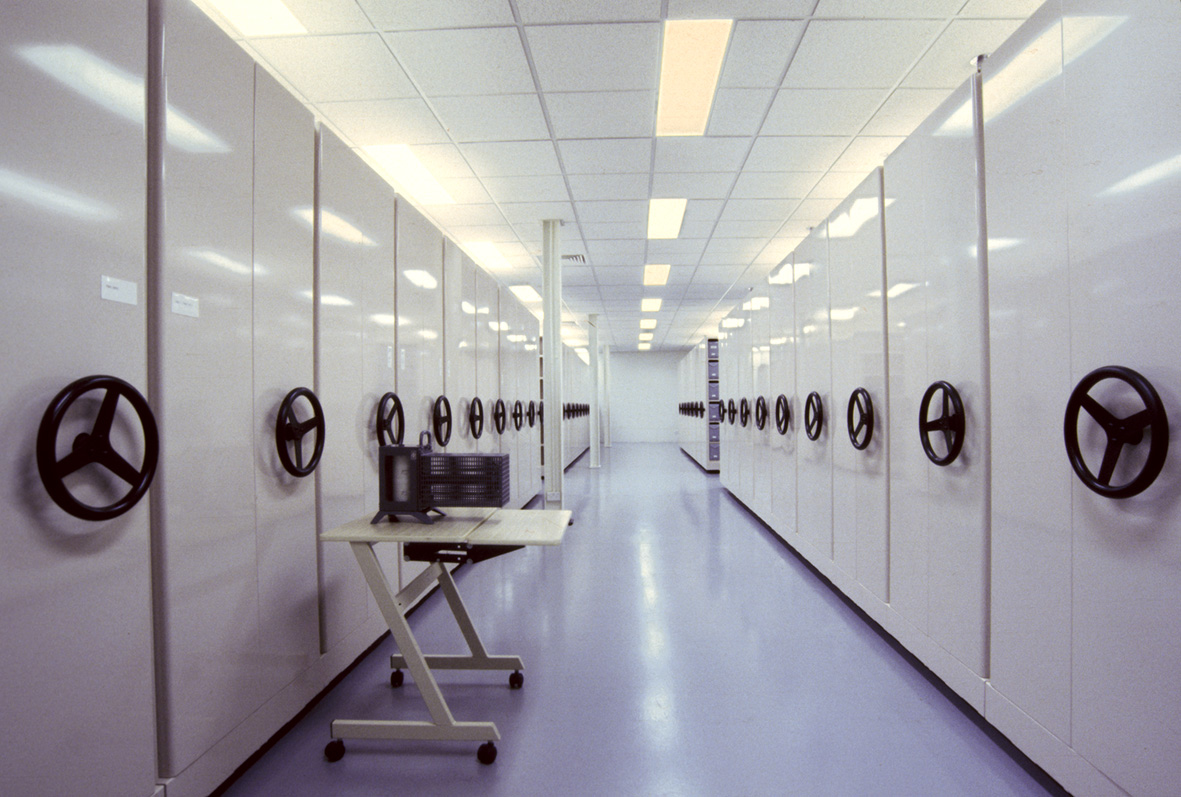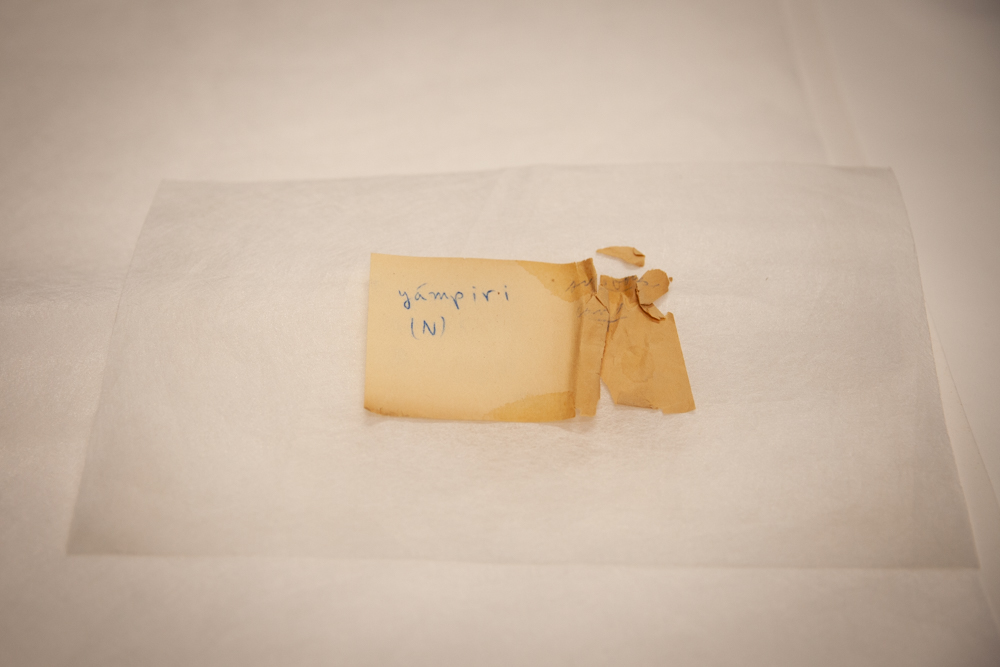We have the largest and best contextualised collection of Aboriginal and Torres Strait Islander heritage in the world, and it continues to grow. Taking care of this vast collection and making it accessible can present some challenges.
- Many items are held in a wide variety of analogue formats, including film, video, audio, photographic formats, and print materials. These formats span a long history of media technology. As these materials age there is a risk that some content may be lost due to the physical deterioration of the storage device, particularly when items have not been stored under optimum conditions prior to their arrival at AIATSIS.
- Many of the analogue playback devices for particular formats are no longer manufactured or supported.
- We serve geographically dispersed client groups and individuals who wish to use collection items. For ease of access, distribution, and reproduction many of these requests are now required in digital formats.
Digitisation
Our digitisation program is key to addressing these challenges. By digitising, we can preserve the original collection item as it was deposited and also allow it to be accessible to more people.
Our digitisation program is guided by our Collections Business Plan and is undertaken in line with the Aboriginal and Torres Strait Islander Library, Information and Resource Network (ATSILIRN) protocols. We also follow the IASA Guidelines and operate in accordance with the Australian Institute of Cultural Materials (AICCM) Code of Ethics and Code of Practice.

Preserving a vast collection also requires good and appropriate storage. We maintain climate controlled vaults to ensure the longevity of the original materials which is particularly important for older and more fragile items.
Preserving a vast collection also requires good and appropriate storage. We maintain climate controlled vaults to ensure the longevity of the original materials which is particularly important for older and more fragile items.
Preservation
Preservation is an ongoing job and relies on good storage, constant migration of format and meticulous collection management. This is particularly important for film and sound collections where technological advancements have always presented a threat to the preservation of audiovisual media.
We also preserve a significant collection of historically and culturally important printed material, including newspapers, magazines, letters, journals, and posters. Paper and ink are also subject to deterioration over time, particularly when exposed to moisture and light. We maintain climate controlled vaults to ensure the longevity of the original materials. Printed material is also a significant component of the digitisation program.
Our preservation activities include:
- preventive conservation
- maintaining storage and environmental conditions
- assessment and treatment of collection items
- preserving documentation associated with material
- assessment and preparation of collection items for digitisation and access
- providing preservation advice to staff and clients
- disaster planning - disaster prevention and control.

